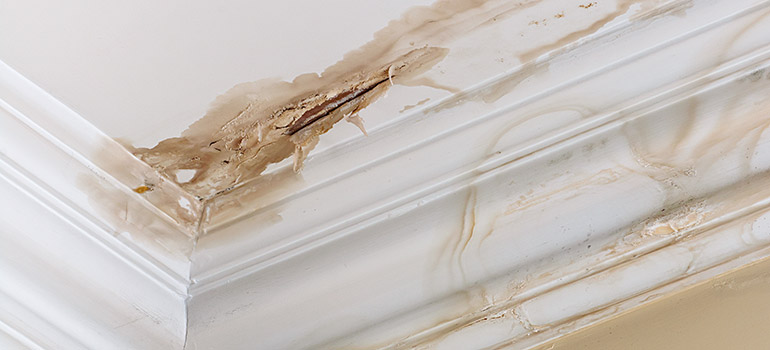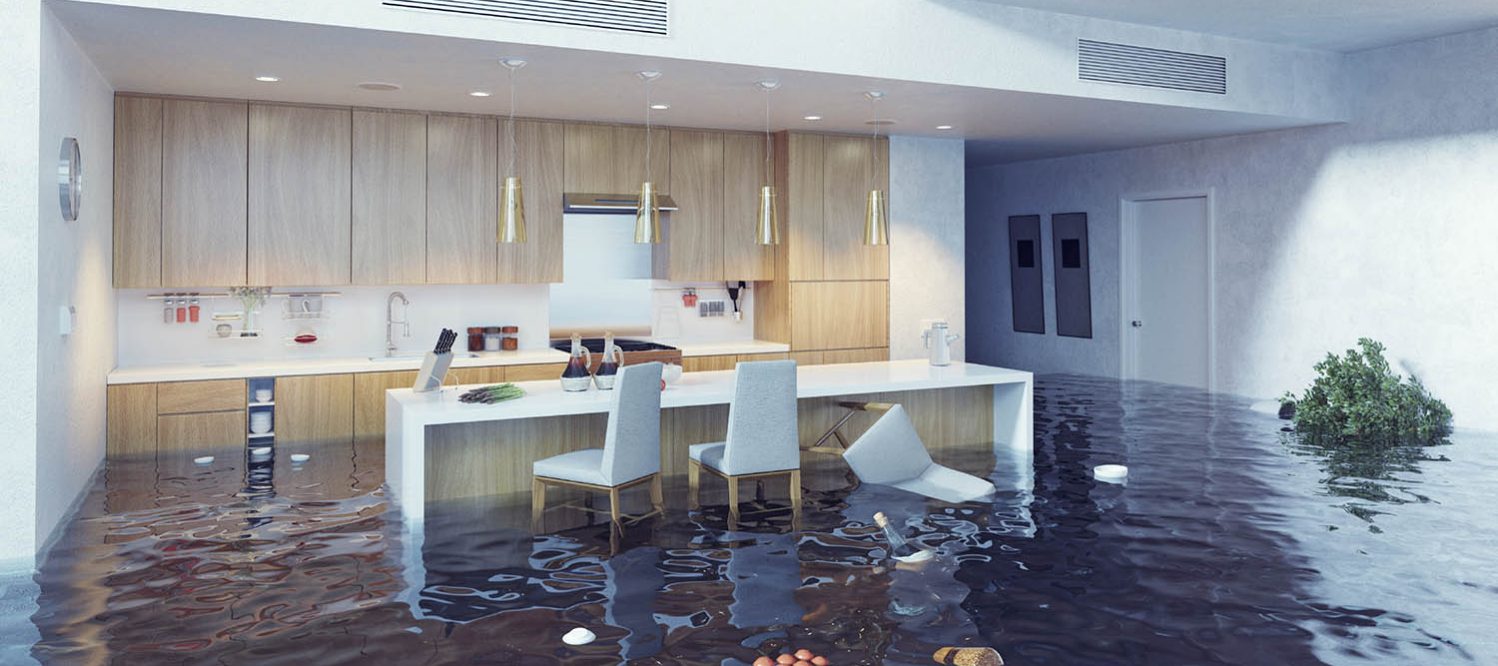Do's & Don'ts of Water Damage.
Do's & Don'ts of Water Damage.
Blog Article
How do you actually feel when it comes to Preventing Fires and Water Damage In Your Home?

Water gives life, but water intrusion on some parts where it's not expected to be can result in damages as well as aggravation. In enhancement, residences with water damages scent stuffy and old.
Water can come from many sources like tropical cyclones, floodings, ruptured pipelines, leaks, and sewage system problems. If you have water damages, it's much better to have a working understanding of safety precautions. Below are a couple of guidelines on exactly how to handle water damages.
Do Prioritize Residence Insurance Protection
Seasonal water damages can come from floods, seasonal rains, and also wind. There is additionally an occurrence of an abrupt flood, whether it came from a faulty pipeline that suddenly bursts right into your house. To protect your home, obtain house insurance that covers both acts of God such as all-natural tragedies, and also emergencies like broken plumbing.
Do Not Fail To Remember to Switch Off Utilities
When catastrophe strikes as well as you remain in a flood-prone area, switch off the primary electric circuit. Shutting off the power prevents
When water comes in as water serves as a conductor, electrical shocks. Don't neglect to switch off the major water line valve as a way to avoid even more damages.
If the floodwaters are getting high, keep your furniture stable as they can walk around as well as create extra damages.
Do Keep Proactive and also Heed Weather Condition Notifies
Tornado floods can be extremely unpredictable. Remain prepared as well as proactive at all times if you live in a location pestered by floods. Pay attention to the information as well as discharge warnings if you live near a body of water like a lake, creek, or river . Secure your prized possessions as well as important papers from the ground floor and also basement, then put them in a refuge as well as the greatest possible level.
Do Not Neglect the Roofing System
Your contractor needs to take treatment of the defective seamless gutters or any type of other indicators of damage or weakening. An inspection will certainly protect against water from flowing down your wall surfaces and saturating your ceiling.
Do Focus On Small Leakages
There are red flags that can draw your focus and suggest to you some damaged pipes in your house. Signs of red flags in your pipes consist of gurgling paint, peeling off wallpaper, water streaks, water spots, or leaking audios behind the wall surfaces. Repair service as well as check your plumbing fixed before it results in enormous damage to your house, financial resources, and also an individual headache.
Don't Panic in Case of a Ruptured Pipeline
Timing is vital when it comes to water damage. If a pipeline bursts in your residence, promptly closed off your primary water shutoff to cut off the resource and protect against more damages. Call a trusted water damages remediation professional for support.
Water provides life, but water invasion on some components where it's not expected to be can result in damages and also hassle. In enhancement, homes with water damages scent old as well as mildewy.
Seasonal water damages can come from floodings, seasonal rains, and also wind. Signs of red flags in your pipelines include gurgling paint, peeling wallpaper, water streaks, water discolorations, or dripping audios behind the walls. If a pipe bursts in your residence, instantly closed off your primary water shutoff to cut off the resource and stop even more damages.
Some Do's & Don't When Dealing with a Water Damage
DO:
Make sure the water source has been eliminated. Contact a plumber if needed. Turn off circuit breakers supplying electricity to wet areas and unplug any electronics that are on wet carpet or surfaces Remove small furniture items Remove as much excess water as possible by mopping or blotting; Use WHITE towels to blot wet carpeting Wipe water from wooden furniture after removing anything on it Remove and prop up wet upholstery cushions for even drying (check for any bleeding) Pin up curtains or furniture skirts if needed Place aluminum foil, saucers or wood blocks between furniture legs and wet carpet Turn on air conditioning for maximum drying in winter and open windows in the summer Open any drawers and cabinets affected for complete drying but do not force them open Remove any valuable art objects or paintings to a safe, dry place Open any suitcases or luggage that may have been affected to dry, preferably in sunlight Hang any fur or leather goods to dry at room temperature Punch small holes in sagging ceilings to relieve trapped water (don't forget to place pans beneath!); however, if the ceiling is sagging extremely low, stay out of the room and we'll take care of it DO NOT:
Leave wet fabrics in place; dry them as soon as possible Leave books, magazines or any other colored items on wet carpets or floor Use your household vacuum to remove water Use TV's or other electronics/appliances while standing on wet carpets or floors; especially not on wet concrete floors Turn on ceiling fixtures if the ceiling is wet Turn your heat up, unless instructed otherwise

I am just very excited about Preventing Fires and Water Damage In Your Home and I am assuming you enjoyed our piece. Do you know about another individual who is enthusiastic about the subject? Feel free to share it. Thank you for taking the time to read it.
Report this page